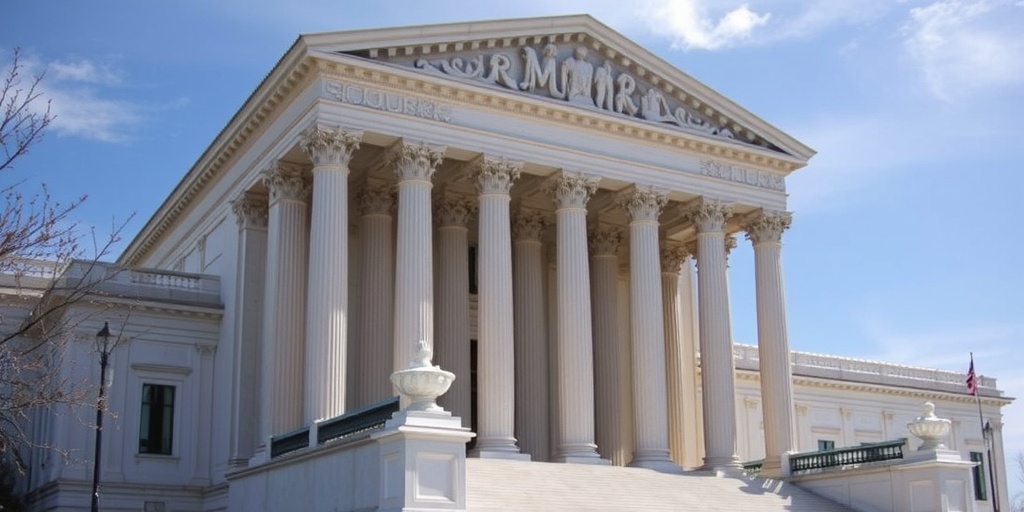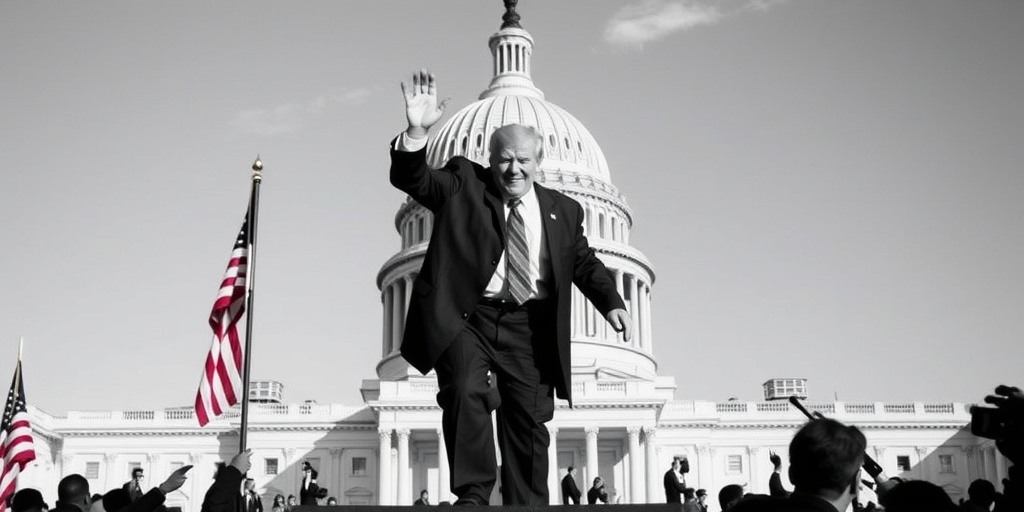Now Reading: Trump Leverages Federal Grants for D.E.I. and ICE Policies
-
01
Trump Leverages Federal Grants for D.E.I. and ICE Policies
Trump Leverages Federal Grants for D.E.I. and ICE Policies

Trump Administration Threatens Funding for Non-Compliant Local Governments
During the early days of President Trump’s administration, a notable tactic emerged where federal officials began utilizing the threat of withholding federal funding as a means to coerce institutions and municipalities into alignment with the administration’s ideological goals. This strategy appears to be ongoing and is taking new forms with profound implications for various communities across the nation.
The Department of Homeland Security (DHS) has recently initiated a review of billions of dollars in grants distributed to cities and states, underscoring a requirement for compliance with the Trump administration’s priorities, particularly concerning immigration enforcement and issues related to diversity programs. Under the new guidelines, recipients of federal grants must now commit to cooperating with federal immigration officials, which includes participating in joint operations and sharing pertinent information. They must also permit immigration officers access to detainees for interviews regarding their immigration status.
These updated terms for federal grants were initially set forth last October and have been amended recently, sparking discussions about their potential impact on various jurisdictions. Critics, including former California state emergency services director Mark Ghilarducci, argue that this shift signifies a significant alteration in the national emergency management framework, pivoting from a focus on genuine community needs to an ideological agenda.
The ramifications of these changes are significant, potentially jeopardizing tens of billions of dollars in federal assistance for states and cities that have enacted laws limiting cooperation with U.S. Immigration and Customs Enforcement (ICE). This includes jurisdictions often identified as "sanctuary" areas, which generally prohibit their local law enforcement agencies from collaborating with federal immigration enforcement.
Historically, local governments have maintained policies that resist federal immigration enforcement, aiming to foster trust within immigrant communities. However, the current administration’s renewed approach reflects a willingness to leverage federal grant funding as a means of exerting political pressure on local authorities. The situation is particularly concerning for states like California and New York, which have existing statutes against cooperating with ICE in various capacities. These states could see massive financial losses as a result of the new DHS policies, impacting critical public safety services.
In New York, officials have voiced their apprehensions regarding the potential fiscal fallout from the DHS’s directives. Attorney General Letitia James’s office is already reviewing the updated guidance, recognizing that the consequences could be extensive for numerous state programs reliant on federal financing. A memo circulated among FEMA officials has identified nearly $1 billion in funding that they believe should be withheld, further intensifying the concerns of local governments.
The implications also extend to law enforcement agencies. The Trump administration is re-evaluating nearly $2 billion in grants intended to assist agencies in preparing for and responding to terrorist threats—a program from which New York alone received around $320 million in the last fiscal year. The tightening of these purse strings comes as federal officials have already reclaimed funds for specific local initiatives, including a notable $80 million earmarked for migrant shelters in New York City.
According to Tricia McLaughlin, a spokesperson for DHS, Secretary Kristi Noem has mandated that all grant distributions align strictly with federal laws, asserting that no resources will be diverted in ways that could jeopardize the safety of American citizens. However, critics argue that this rhetoric disguises political motives, with assertions that the Trump administration is essentially wielding federal funds as a weapon against states that do not conform to its immigration views.
As reactions unfold, officials in states affected by these changes are weighing their options. The New York State Education Department has already indicated that it will refuse to comply with federal threats to withdraw funding related to diversity and equity in public schools, showcasing a broader resistance among local governments to the new federal guidelines.
Notably, Trump’s past actions have included threatening to withhold funding from California during natural disasters unless the state adheres to his demands, such as altering environmental policies or implementing voter ID laws. Federal judges have intervened in some cases, blocking the administration’s attempts to freeze funds intended for disaster recovery in jurisdictions that maintain protective immigration policies.
Critics, including former state officials, decry this funding strategy as a politically motivated assault on both state sovereignty and public safety, arguing that it risks harming not only communities with differing political views but also millions of residents who depend on these essential services. As this situation evolves, the tension between federal demands and local governance remains a focal point for future political and fiscal debates within the United States.
Stay Informed With the Latest & Most Important News
Previous Post
Next Post
-
 01New technology breakthrough has everyone talking right now
01New technology breakthrough has everyone talking right now -
 02Unbelievable life hack everyone needs to try today
02Unbelievable life hack everyone needs to try today -
 03Fascinating discovery found buried deep beneath the ocean
03Fascinating discovery found buried deep beneath the ocean -
 04Man invents genius device that solves everyday problems
04Man invents genius device that solves everyday problems -
 05Shocking discovery that changes what we know forever
05Shocking discovery that changes what we know forever -
 06Internet goes wild over celebrity’s unexpected fashion choice
06Internet goes wild over celebrity’s unexpected fashion choice -
 07Rare animal sighting stuns scientists and wildlife lovers
07Rare animal sighting stuns scientists and wildlife lovers




















